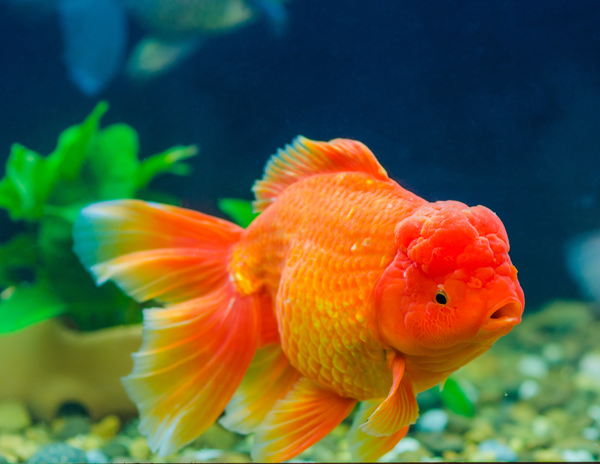
Calgary may be one of the sunniest cities in North America, but we’re still much too cold for most of our exotic reptile and amphibian friends to live here unassisted. Utilizing a heat lamp is an integral part of your pet's care as it simulates their natural environment and provides them with much-needed warmth and routine as you bring the sun to them.
Both reptiles and amphibians are ectotherms, meaning that they source their internal body heat from their external environment – hence why we see lizards sunbathing on rocks. In captivity, this is recreated using different types of artificial UV lighting, primary UV-A and UV-B. However, it can be difficult to know what kind of heat lamp will be the best for your pet.
Here's our guide to understanding different types of UV lighting and choosing the best heat lamp!
Types of light

When discussing the types of light you will see used in heat lamps, we are usually referring to these two: UVA lighting and UVB lighting. Any and all reptiles will require a UVA light, but only certain types will also need a UVB light.
UVA lighting is important in the stimulation of day-to-day behaviour. It prompts animals to eat, sleep, and even mate in the same way that the sun naturally would while maintaining their circadian rhythm. It is especially important for reptiles as they are able to see UVA light as part of the colour spectrum, which helps them better see their surroundings.
UVB light is further down the UV light spectrum, and therefore more penetrative. UVB light seeps deeper into the skin and is responsible for the synthesis of vitamin D3, which helps absorb calcium. For some reptiles, this is their primary source of calcium and is crucial for their well-being.
Regardless of the wattage and type of light you choose, you will want to leave it on for approximately 12 hours a day to simulate the sun.
Finding Lighting Requirements

Most bulbs provide some combination of heat and (UVA and/or UVB) light and come in an array of different wattages and sizes. Many animals will fare just fine with a combination or UVA-focused bulb, but different animals have different requirements. For example, most diurnal (daytime active) reptiles require UVB and will require a UVB-specific bulb. Diurnal animals include creatures like turtles, tortoises, bearded dragons, iguanas, and more. Amphibians are also able to utilize vitamin D in their diet and can benefit from UVB lighting in their terrarium or aquarium.
Nocturnal animals like leopard geckos, cave geckos, and even boa constrictors generally do not require UVB light as their natural habitat does not have them soaking up as much sunlight.
Essentially, the more time your pet would theoretically spend in the sun in their natural habitat, the higher the likelihood they need– or would benefit from– a UVB light.
Take a look at this chart to get an idea of certain species' lighting requirements:

Types of Bulbs

Incandescent
Essentially a normal lightbulb redesigned for reptile care, incandescent bulbs emit infrared, visible light. These are the most common bulb options and are typically made of glass. Customers can purchase UVA and UVB lights as incandescent bulbs. Halogen bulbs serve the same purpose as incandescent bulbs, but they are significantly more efficient at producing heat. Typically, these bulbs are more efficient at warming the ground than the air.

Ceramic
Ceramic bulbs are a great option for reptiles that require higher heat as they get hotter than incandescent bulbs but emit no light. So much hotter, in fact, that you should be sure to keep it out of reach of your reptile. This allows you to use it to supplement other lighting and heat sources, or even utilize it during the nighttime. These types of bulls are recommended for use in dry or semi-humid setups due to their high temperature. Alternative to incandescent lights, ceramic bulbs are better at warming the air than the ground.

Night bulbs
There are a number of reasons why you may choose to use a night lamp. For example, animals with a higher heat requirement may need more warmth to mimic tropical nighttime temperatures. Additionally, using a night bulb makes for great nighttime viewing opportunities.
We have a full selection of the lighting requirements your pet may need available for purchase online or in-store. If you have more questions, visit us at Pisces Pet Emporium and we can help you decide on the best type of bulb to support your basking, slithering, or crawling buddy!




